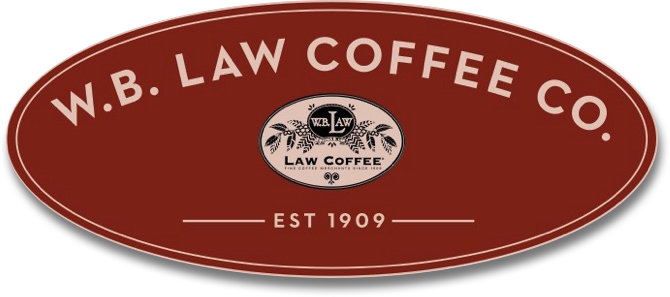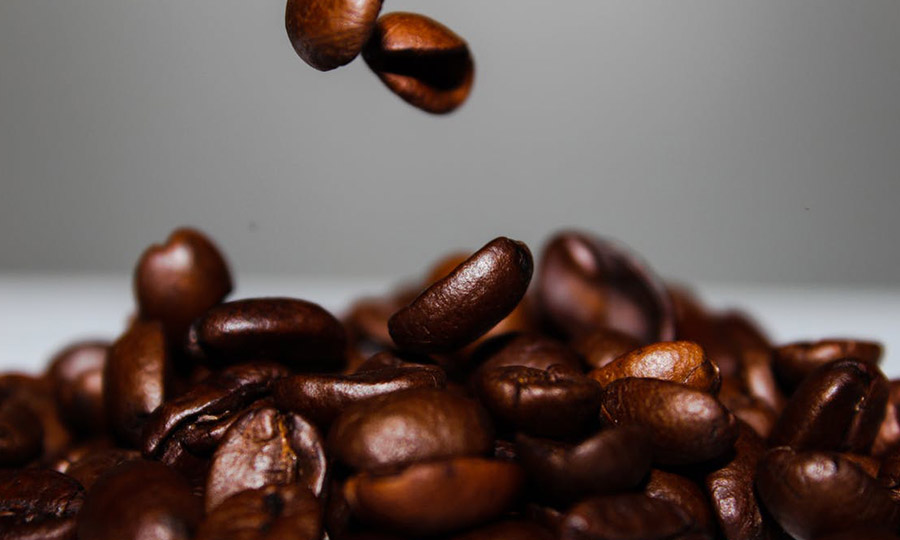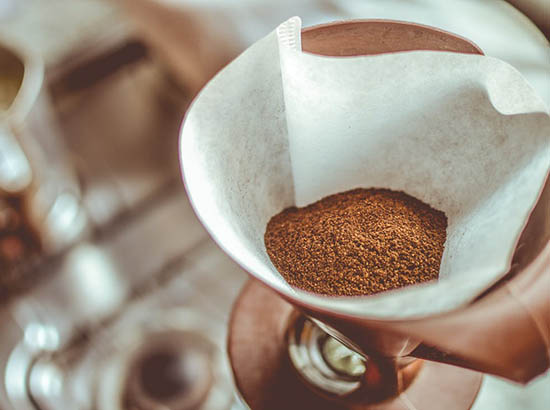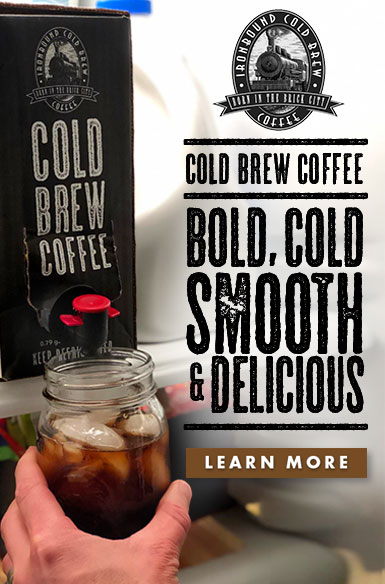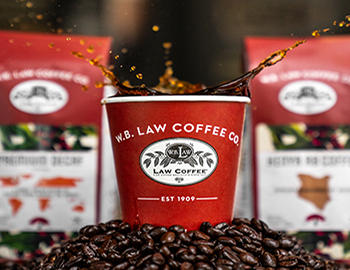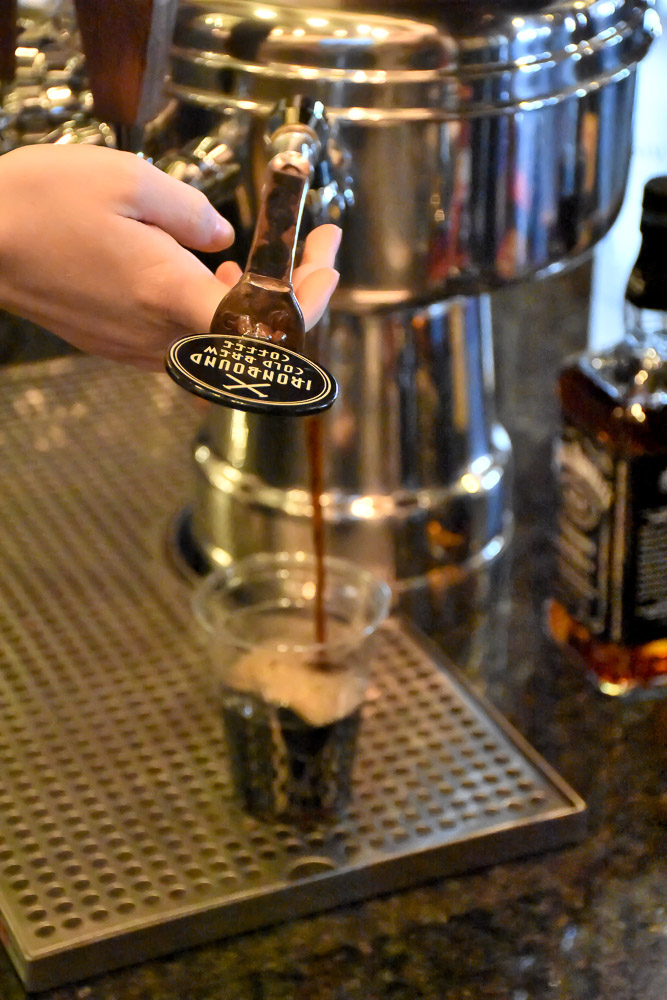 As the seasons change and warm weather rolls into our respective marketplaces, we find that hot coffee sales can drop around 20 percent or more. Many retailers watch consumers walk around their streets with cups of iced coffee from their favorite coffee or doughnut shop.
As the seasons change and warm weather rolls into our respective marketplaces, we find that hot coffee sales can drop around 20 percent or more. Many retailers watch consumers walk around their streets with cups of iced coffee from their favorite coffee or doughnut shop.
They find themselves wondering: “We have great coffees. Why won’t they come in my store for an iced coffee? How can I increase my iced coffee sales?”
Let’s begin by addressing several things all factored into the consumer’s buying-decision process:
- Where is the iced coffee located in the store?
- Where is the supply of ice located in the store?
- What type of iced coffee are you selling?
- Is the coffee dispensed cold?
- How does the setup look?
- Does your iced coffee meet consumer taste preferences?
To retail any product successfully, you need to think like the consumer. Where would a customer look in the store? What should the dispensers look like? If you walk into a store and want an iced coffee, would you go to the cold beverage section? No, consumers will go to the coffee section to look for an iced coffee.
This leads us to the second question, regarding supply of ice. It’s normally at the soda fountain, which is why many retailers put the iced coffee in that section. But if you’re serious about iced coffee, you should have a container or even a countertop ice dispenser at the location of the iced coffee within the coffee area.
Next question is: What style of iced coffee are you selling? Are you doing a coffee concentrate or are you retailing a brewed coffee? I personally do not like coffee concentrates because many of the manufacturers already produce them light and sweet, or already with flavors like mocha or French vanilla. The problem is many consumers don’t want sweetened or flavored iced coffees. The iced coffee concentrate machines that the distributors give limit you to only those options.
If you have a brewed coffee option, the consumer can individualize it using milk, sugar and flavoring syrups. However, this method also opens the opportunity for retailers to be penny wise-dollar foolish, and ultimately do something that makes me cringe. Retailers will repurpose old, burnt, bitter coffee and use it for the iced coffee. Now I can understand the economics of reusing the coffee, but consumers are savvy to quality coffees. They will not treat your location as a “destination” for iced coffee; they’ll only come if it’s more convenient than going to their local doughnut or coffee shop.
If you’re selling coffee concentrates, they typically come pre-sweetened in plastic bladders. The machines that dispense them are refrigerated so they dispense at the right temperature. But if you’re selling brewed coffee, are you chilling down the coffee after it’s brewed?
The managers of many stores I go to are pouring hot coffee (180 degrees Fahrenheit) right into the dispensers. The problem with this is when consumers pour that coffee into their cups of ice, it melts the ice and immediately dilutes the coffee. The result is they have coffee-flavored water. To avoid this, coffee should be brewed hot (195-205 degrees) and then chilled in a refrigerator to 34-40 degrees Fahrenheit before being put out for purchase by customers.
Whether we admit it or not, it’s human nature to be attracted to pretty things. Coffee setups must be aesthetically appealing to the consumer while being user-friendly. The colors/graphics should have a blue and white overtone because in a consumer’s mind, these colors represent a cool/cold feel. There should also be some brown/earth-tone colors in the design to reflect the coffee product.
Customers don’t want a product from a dirty-looking dispenser, so you must clean them every day! Coffee contains a lot of oils and will stain porous materials such as plastic or glass.
Just like hot coffee, iced-coffee consumers’ taste profiles have a broad range. Many like their iced coffee light and sweet; some like it with flavors like caramel or chocolate; while others prefer just a black iced coffee. You need to have a customizable offering, while still having it be cost-effective.
COLD BREW HEATS UP
In recent years, a new product called nitro cold brew coffee has surged to the forefront of the specialty coffee world, and created an opportunity for retailers to cash in.
Nitro cold brew coffee is distinguished from other iced coffees because it is dispensed from a tap, similar to beer. It’s currently all the rage across the “Third Wave” specialty coffee shops. It is cold-brewed coffee in kegs infused with nitrogen. When dispensed on tap like a beer, it looks like a Guinness. It develops a beautiful cascade, yielding a head on the top and a creamy taste.
If you haven’t seen it in the market yet, here is some information:
- According to Mintel, cold brew coffee has grown 115 percent in 2014-15.
- This year, Dunkin’ Donuts and Starbucks have firmly placed themselves in this category, officially making cold brew coffee mainstream.
- According to the National Coffee Association, approximately 15 percent of all coffee drinkers have tried cold brew coffee within the past year.
With this in mind, 2016’s growth will surely eclipse 2015.
But what is cold brew coffee, and why is cold brew better than standard brewed iced coffee?
Cold brew coffee is produced from soaking coffee grounds in ambient water for approximately 24 hours. According to a study we conducted with Rutgers University, the cold brew coffee had 33 percent more caffeine but with 66 percent less acidity. It’s perfect for consumers looking for an additional “pick-me-up,” or people who do not like very acidic products. These attributes, plus that fact there’s no sugar, have it crossing over into the energy drink category.
Are you wondering how it tastes? There are different products on the market, but I’ve tasted some with a chocolatey profile, which I prefer. Others have more of light, citrusy taste. Regardless of the flavor, due to the 24-hour cold brew process, it delivers a velvety smooth and sweet profile.
During sampling with consumers, they consistently ask if it already has sweetener in it, but we explain it’s just coffee. The nitrogen bubbles disperse the product across your tongue, delivering a creaminess not seen before in a coffee product.
This product is ideally suited for a c-store retailer. Imagine: Consumers walk up to the coffee station and excitedly see what they think is a beer tap extending out of the coffee counter. However, they become even more intrigued when they see it is coffee. All they have to do is grab their cup, pull down on the handle and out dispenses a delicious, perfectly chilled, nitro cold brew iced coffee.
For retailers to execute this, the concept is like a soda fountain or beer on tap. All employees need to do is make sure their nitrogen tanks aren’t empty, replace kegs of coffee inside their kegerator, and clean the unit. This is a lot less work than brewing coffee, chilling it, and forecasting how much to brew in advance for the next day.
Even retailers like iced-coffee powerhouses Dunkin’ Donuts and Starbucks, who are just “cold brewing” in their own locations, are running short on product. Coffee shops are serving cold brew coffee with no ice because it’s already cold and so that consumers can see the beautiful cascade of bubbles. Now, you don’t even need to have ice at the counter.
However, if you’re the buyer and you begin to research this category for your locations, make sure your coffee roaster is taking the proper food-safety precautions. The Food and Drug Administration’s Food Safety Modernization Act has put all food manufacturers on notice to safely manufacture and store their products to protect public health. Nitro cold brew coffee on tap is a relatively new product with limited guidelines. Building a wholesale nitro cold brew coffee business is no simple task — there is no kill point for bacteria in cold brewing since there is no hot water. Sanitation of the kegs and brewing vessels, as well as refrigerated warehousing and transportation, are vital for a nitro cold brew program.
The perfect iced coffee program has eluded retailers for too long. But now nitro cold brew coffee on tap has materialized and become accessible for those daring enough to put it in their stores.
It’s a standardized product that dispenses a cold, delicious, non-sweetened product. It is customizable for consumers. And better yet, specialty coffee experts agree the product is the best iced coffee in the industry.
So then, why wouldn’t you want to have the best product on the market that solves all of your iced coffee issues?
Editor’s note: The opinions expressed in this column are the author’s and do not necessarily reflect the views of Convenience Store News.
